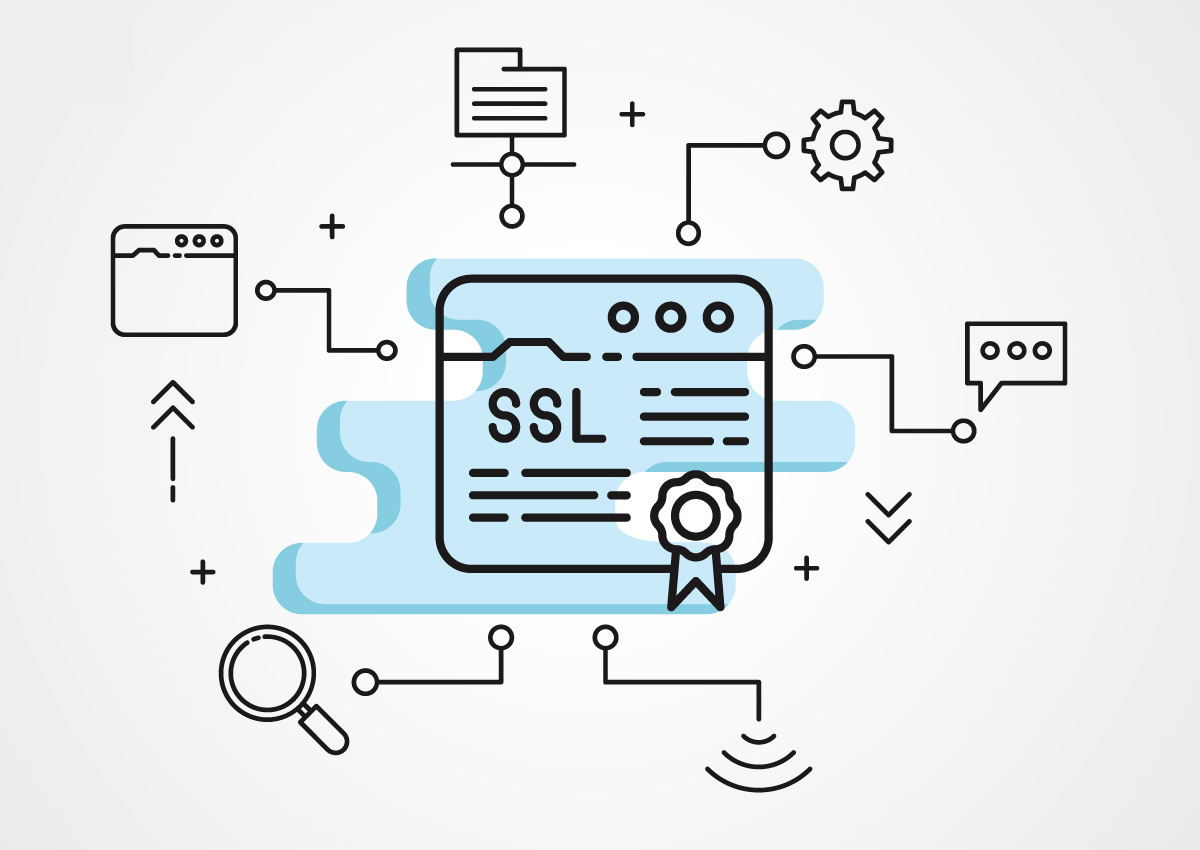Understanding SSL Connectivity for Central Repository Users
SSL (Secure Sockets Layer) is a cryptographic protocol that ensures secure communication over a computer network. When implemented for a central repository, it provides several key benefits:
Benefits of SSL Connectivity for Central Repository Users
- Data Confidentiality: SSL encrypts data transmitted between the client (user) and the server (repository), protecting it from unauthorized access.
- Data Integrity: SSL verifies the authenticity of the data, ensuring that it hasn’t been tampered with during transmission.
- Authentication: SSL establishes the identity of the server, preventing man-in-the-middle attacks.
- Trust: SSL provides users with a sense of trust and security when interacting with the repository.
Implementation Considerations
To implement SSL connectivity for a central repository, the following steps are typically involved:
- Obtain a Certificate: Acquire a digital certificate from a trusted certificate authority (CA). This certificate contains information about the repository’s identity and public key.
- Configure the Server: Install the certificate on the repository server and configure it to use SSL/TLS.
- Client Configuration: Clients (users) must have SSL/TLS enabled and trust the CA that issued the certificate. This is usually done automatically by web browsers and other client software.
Challenges and Best Practices
- Certificate Management: Ensure that certificates are renewed before they expire to avoid disruptions.
- Strong Encryption: Use strong encryption algorithms (e.g., TLS 1.3) to protect data.
- Regular Updates: Keep the server software and SSL libraries up-to-date to address security vulnerabilities.
- User Education: Educate users about the importance of SSL and how to verify the authenticity of the repository’s certificate.

By implementing SSL connectivity, central repository administrators can significantly enhance the security and trustworthiness of their services, protecting sensitive data and building confidence among users.










